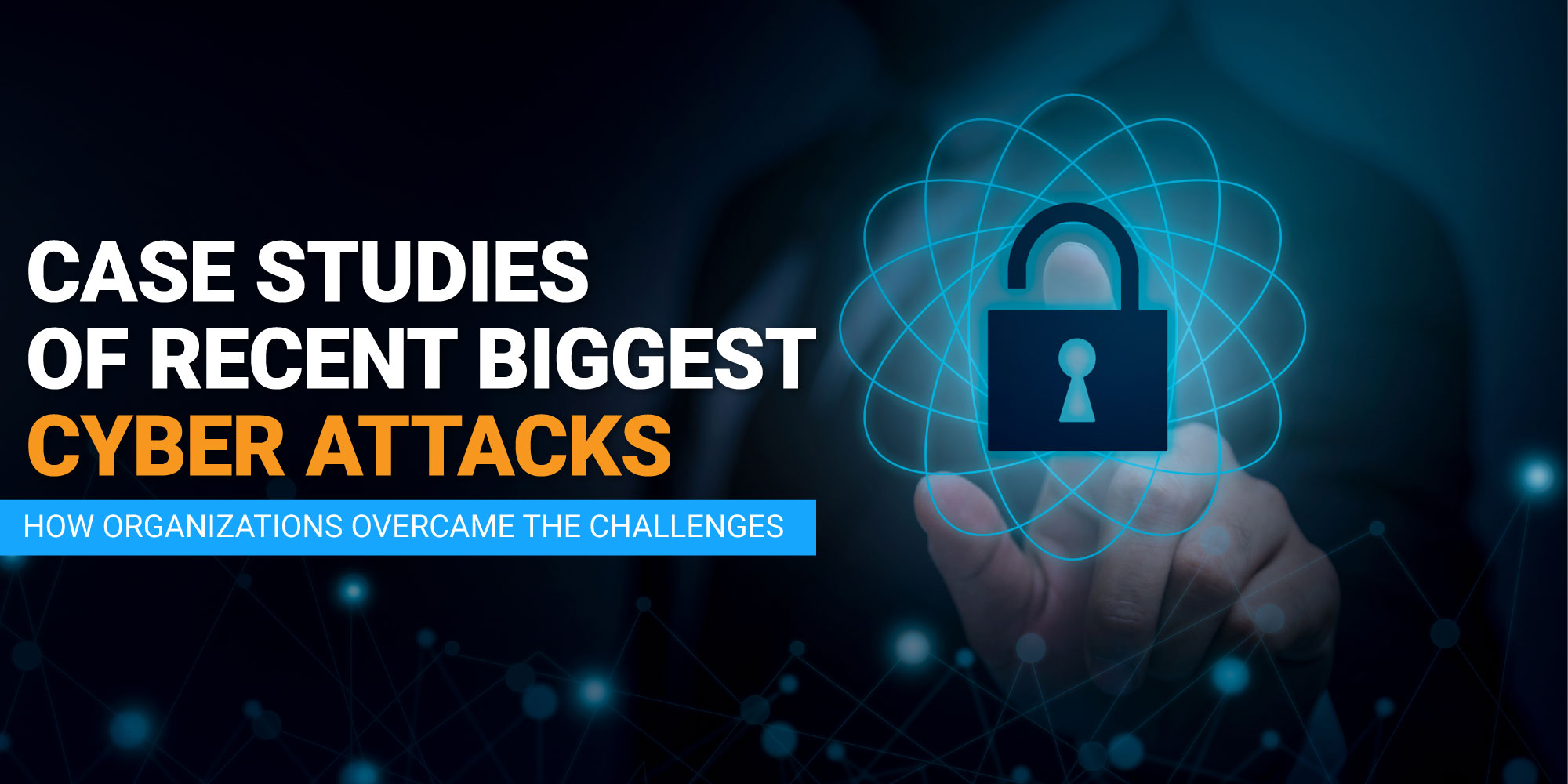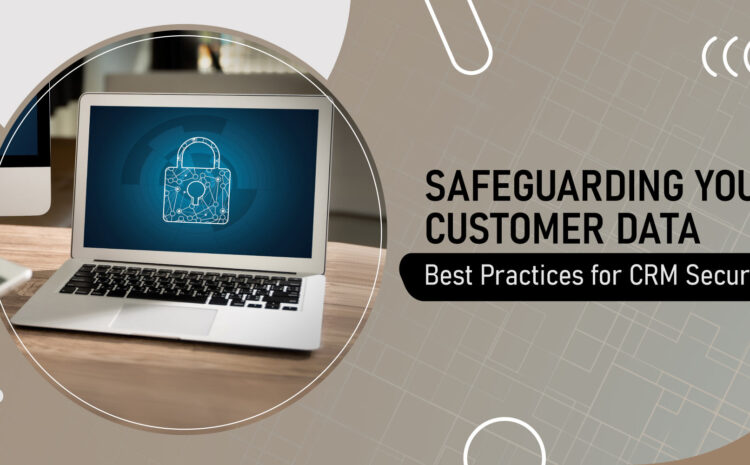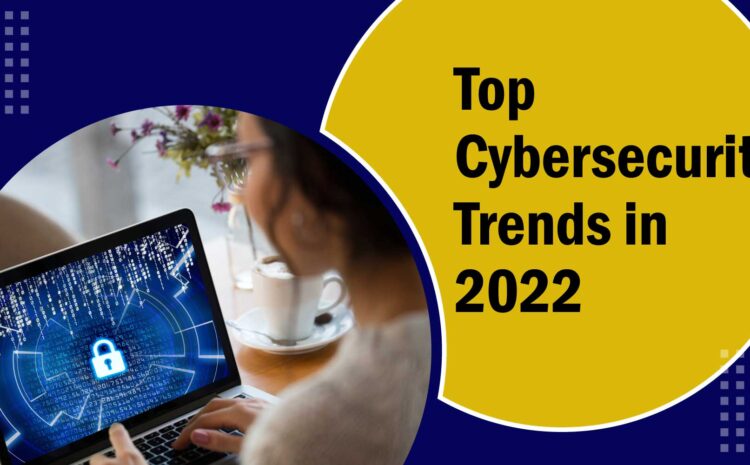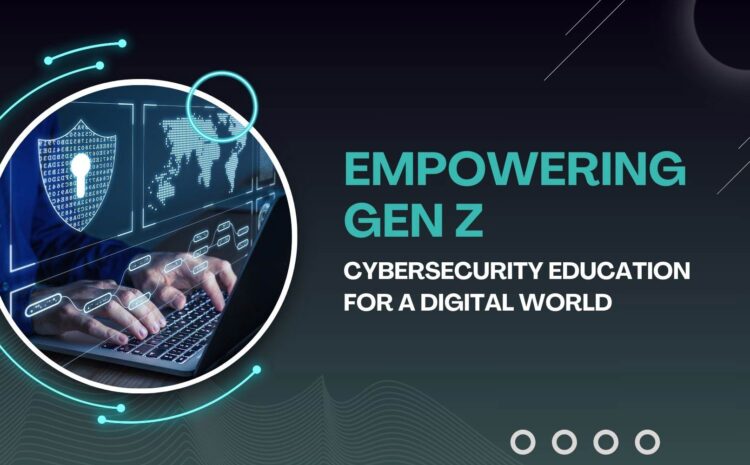Welcome to our blog! We’re thrilled to have you here.
Cyber-attacks are on the rise, and no firm is safe. In recent years, we have witnessed some of the largest cyber-attacks in history, which have targeted businesses of all sizes and sectors.
In this blog article, we will examine some of the most recent and significant cyber-attacks and how the affected firms handled the difficulties. We will also address some of the lessons learned from these assaults and how businesses might better defend themselves in the future.
Case Study 1: Colonial Pipeline Ransomware Attack (2021)
Colonial Pipeline, the largest refined goods pipeline system in the United States, was the subject of a ransomware attack in May 2021. The strike disrupted fuel delivery to several states, causing gasoline shortages and price increases.
Colonial Pipeline paid the hackers a $4.4 million ransom and was able to resume operations several days later.
Challenges:
- Balancing Ransom Payment vs. Disruption: Colonial Pipeline faced a critical decision between paying the ransom demanded by hackers or risking severe disruptions to fuel supplies across multiple states.
- Restoring Operations and Rebuilding Trust: After paying the ransom, the company needed to swiftly resume operations and regain the trust of its customers.
How they overcame the challenges:
- Ransom Payment: Colonial Pipeline chose to pay the ransom to minimize supply disruptions, showing the difficult choices companies face during a cyber crisis.
- Enhanced Cybersecurity Measures: To prevent future attacks, Colonial Pipeline implemented new cybersecurity measures, emphasizing the importance of proactive security.
- Transparency: The company communicated transparently with customers and the public throughout the incident, highlighting the importance of clear and honest communication during a cyber crisis.
Case Study 2: SolarWinds Supply Chain Attack (2020)
Russian hackers were caught in the software supply chain of SolarWinds, a major IT management software supplier, in December 2020. The hackers were successful in inserting malicious malware into SolarWinds’ Orion software, which was subsequently disseminated to SolarWinds’ clients, which included several government organizations and Fortune 500 firms.
The SolarWinds supply chain attack was one of the most sophisticated in history. The hackers remained unnoticed for months while stealing sensitive data from several high-profile businesses.
Challenges:
- Complexity and Scale: The SolarWinds attack was highly sophisticated, targeting a critical software supply chain used by numerous organizations, making detection and response challenging.
- Wide-Ranging Impact: The attack affected government agencies and major corporations, illustrating the broad-reaching consequences of supply chain attacks.
How they overcame the challenges:
- Collaborative Response: Organizations affected by the SolarWinds attack worked together to investigate and develop remediation plans, emphasizing the importance of information sharing and cooperation.
- Government Assistance: The U.S. government provided support to affected organizations, underscoring the role of government agencies in assisting during major cyber incidents.
- Improved Security Measures: Organizations implemented enhanced cybersecurity measures to prevent similar supply chain attacks in the future, emphasizing the need for robust security postures.
Case Study 3: Log4Shell Exploit (2021):
In December 2021, a critical vulnerability in the popular Java logging library Log4j was discovered, known as Log4Shell. The vulnerability enabled attackers to run arbitrary code on susceptible computers.
Log4Shell is used by a wide range of software applications, including websites, servers, and cloud computing platforms. As a result, the Log4Shell exploit was one of the most widespread and damaging cyber-attacks in history.
Challenges:
- Critical Vulnerability: Log4Shell was a highly critical vulnerability with widespread implications, allowing attackers to execute arbitrary code on affected systems.
- Patching Difficulty: Patching the Log4Shell vulnerability posed a challenge due to its extensive use in various software applications.
How They Overcame the Challenges:
- Prompt Patch Releases: Software vendors responded swiftly by releasing patches to address the Log4Shell vulnerability, emphasizing the importance of rapid mitigation.
- Workarounds: Organizations implemented workarounds to mitigate the vulnerability while waiting for patches, demonstrating the need for immediate protective measures.
- Enhanced Security Monitoring: Organizations bolstered their security monitoring and incident response capabilities to detect and respond to Log4Shell-related attacks, emphasizing proactive threat detection.
Case Study 4: Kaseya Ransomware Attack (2021):
In July 2021, Kaseya, a provider of IT management software, was the victim of a ransomware attack. The attack impacted over 1,500 organizations, including many managed service providers.
The hackers exploited a vulnerability in Kaseya’s VSA software to install ransomware on customers’ systems. The ransomware encrypted customers’ data and demanded a ransom payment.
Challenges:
- Wide Impact: The Kaseya ransomware attack affected a broad spectrum of organizations, including managed service providers.
- Exploited Vulnerability: Attackers exploited a vulnerability in Kaseya’s VSA software, making the attack difficult to respond to.
How They Overcame the Challenges:
- Decryption Tool Development: Kaseya collaborated with cybersecurity experts to create a decryption tool to help victims recover their encrypted data, illustrating the importance of response efforts and victim support.
- Customer Support: Kaseya provided support to its affected customers to assist them in recovering from the attack, highlighting the need for vendor involvement in the recovery process.
- Cybersecurity Enhancements: Organizations took steps to bolster their cybersecurity measures to prevent future ransomware attacks, underscoring the importance of proactive security practices.
Lessons Learned
The key lessons learned from these cyberattacks include:
- Increasing Cyber Threats: Cyberattacks are escalating, and organizations of all sizes must be prepared for potential threats.
- Sophistication of Attackers: Hackers are continually improving their tactics, making it essential for organizations to stay ahead in terms of cybersecurity.
- Preparation and Response: Organizations need comprehensive plans for responding to cyber incidents, including decisions regarding ransom payments.
- Strong Cybersecurity Controls: Robust cybersecurity measures, employee training, and awareness are crucial for protecting against cyber threats.
- Collaboration and Communication: Collaboration among affected parties, and government agencies, and transparent communication with stakeholders are vital during and after a cyber crisis.
The provided contact information for cybersecurity solutions suggests the importance of seeking professional assistance to enhance cybersecurity postures and prepare for potential cyber threats.
Conclusion
The recent biggest cyber-attacks have shown that no organization is immune to cyber-attacks. Organizations need to have a comprehensive cybersecurity strategy in place to protect themselves from cyber-attacks.
Contact Us for Cybersecurity Solutions
If you are looking for cybersecurity solutions to protect your organization from cyber-attacks, contact us today. CloudQ offers a wide range of cybersecurity services, including:
- Security assessments
- Penetration testing
- Managed security services
- Security awareness training
- Incident response services
We can help you develop a comprehensive cybersecurity strategy and implement the necessary controls to protect your organization from cyber-attacks.

 Linkedin
Linkedin


